Bihar’s long struggle with poverty, weak governance, and out-migration reflects deep structural challenges. This article examines the issues holding the state back—from law and order gaps to poor infrastructure and limited industrialization—and offers a practical roadmap for the next administration. It also highlights the key questions voters should ask to ensure accountability and real development.

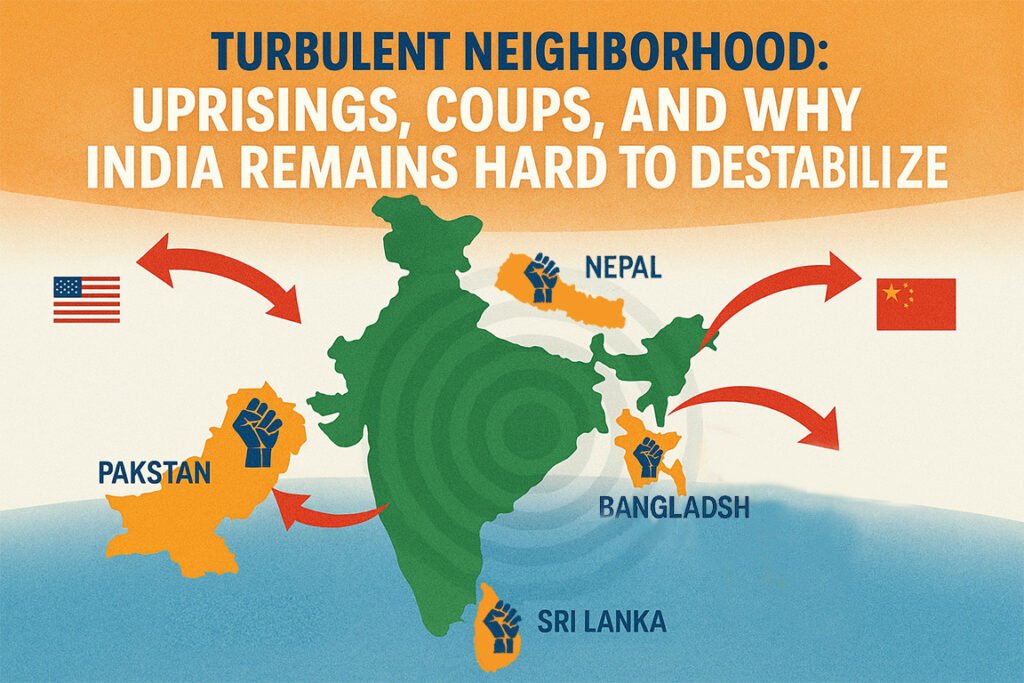
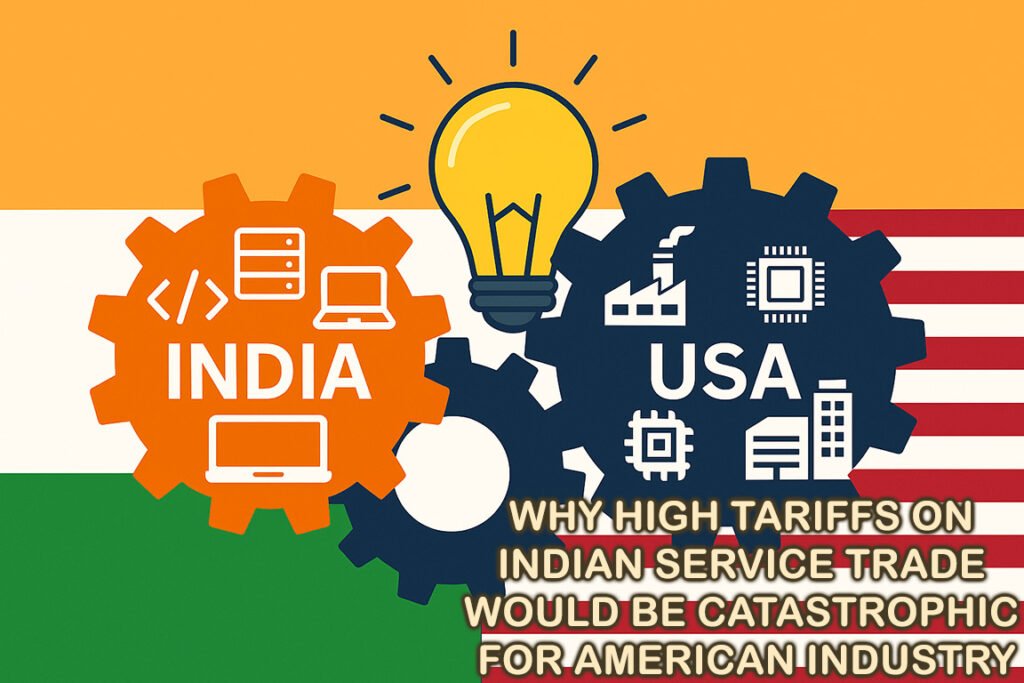
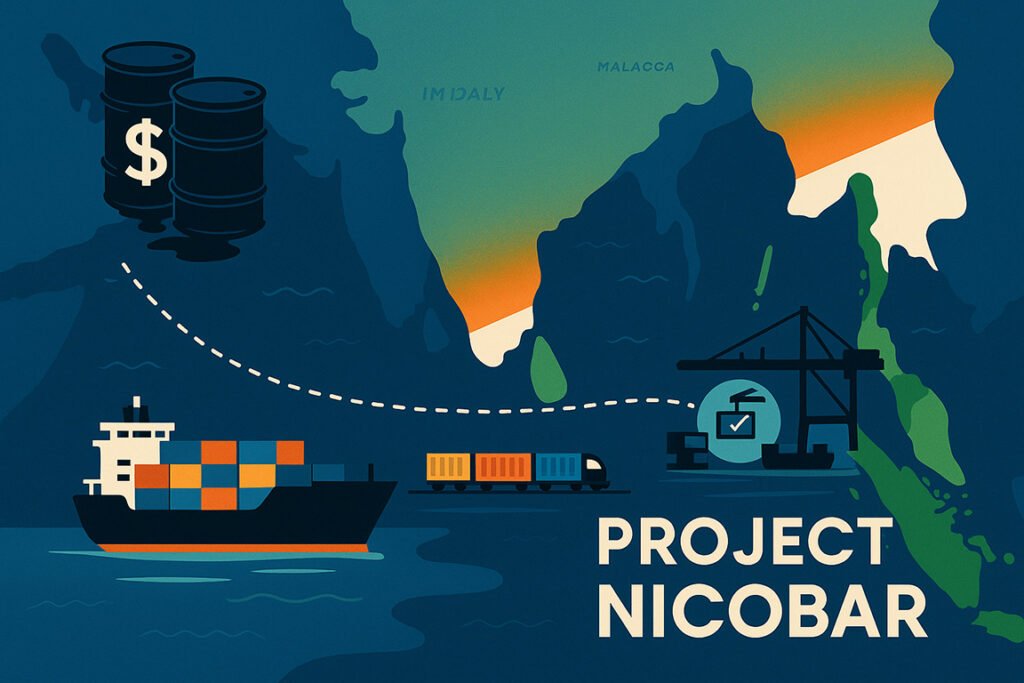
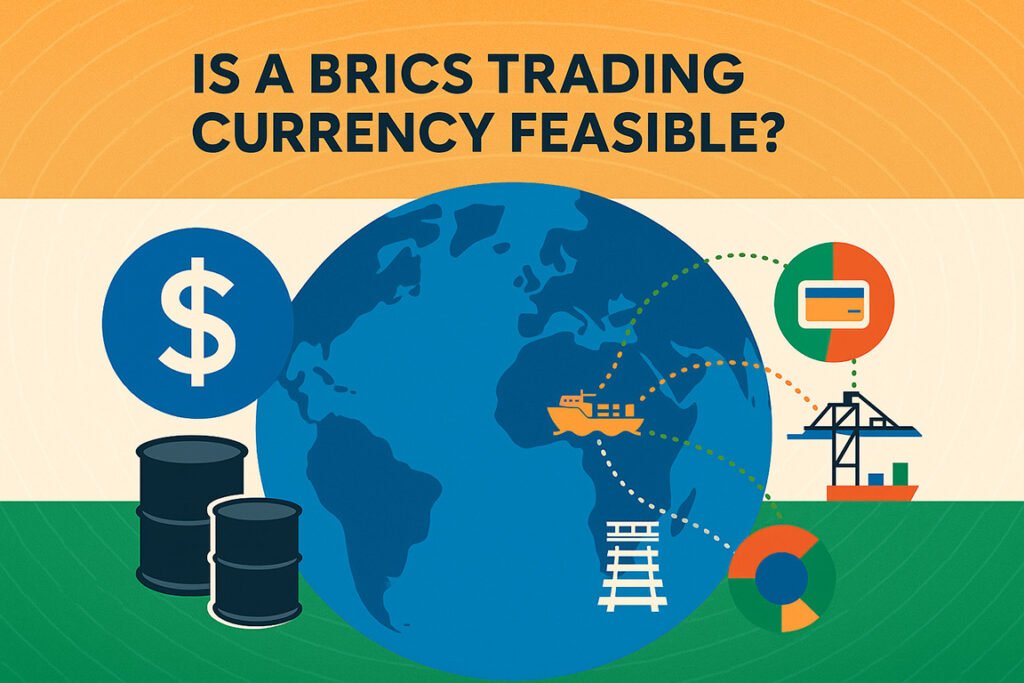
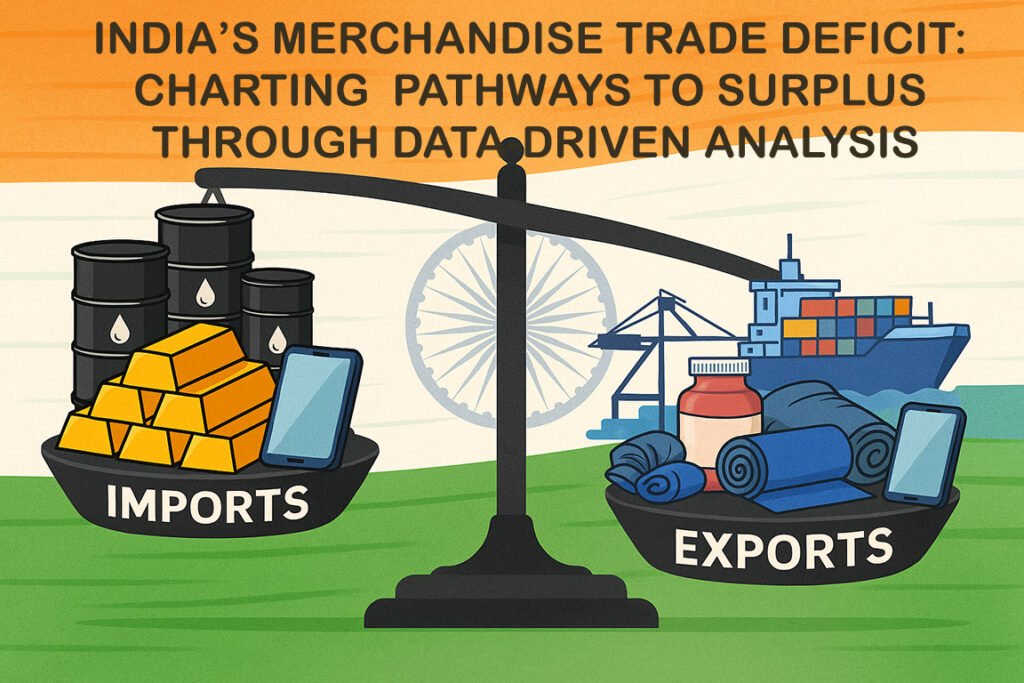
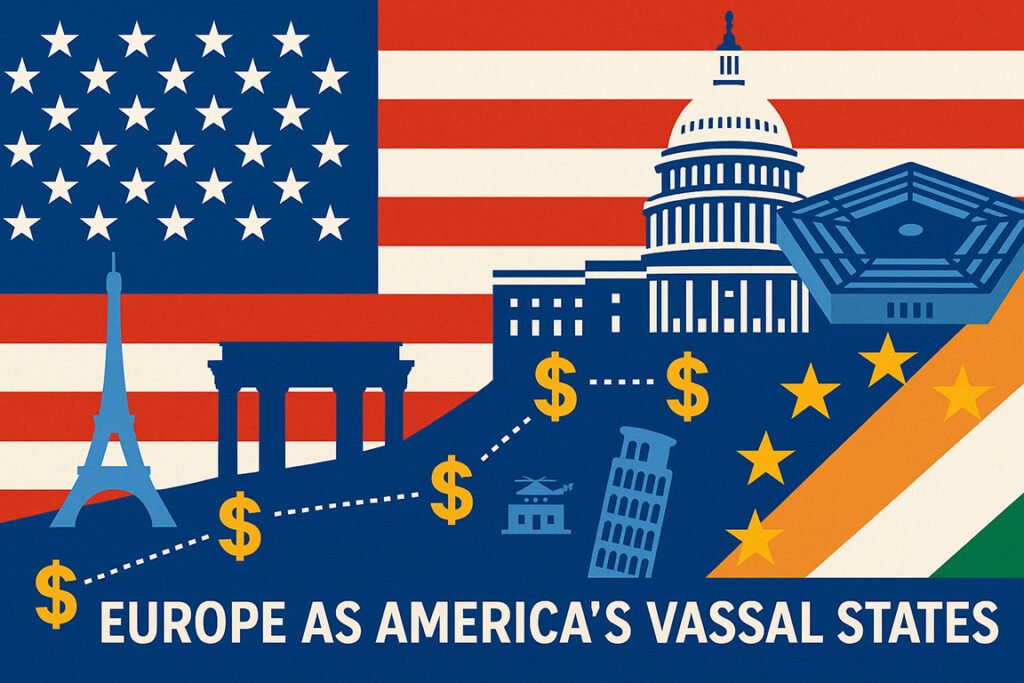
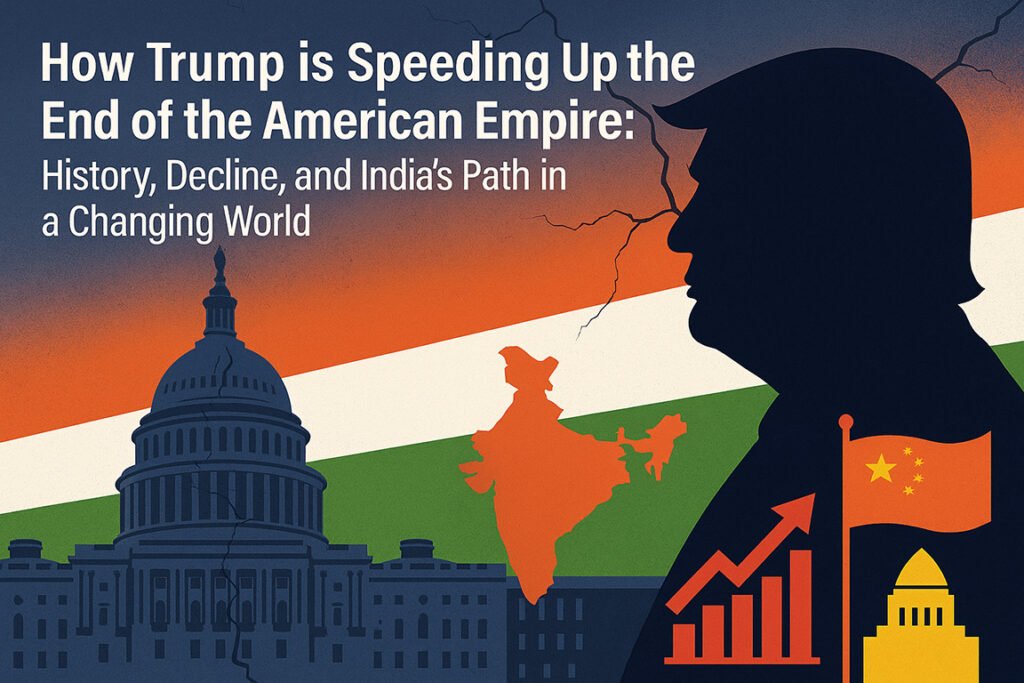
With terrorists admitting heavy losses, Operation Sindhoor cements itself as a resounding Success in India’s War on Terror
Operation Sindhoor marked one of India’s most significant counter-terror strikes in recent years. By targeting Jaish-e-Mohammed and Lashkar-e-Taiba hubs deep inside Pakistan and PoK, the operation delivered a devastating blow to terror networks. With over 70 terrorists killed—including family members of JeM chief Masood Azhar, as confirmed by the group itself—the strike underscored India’s zero-tolerance approach. This article reviews Op Sindhoor, its impact on Pakistan’s proxy strategy, and why terrorism inside India has declined sharply since 2014.